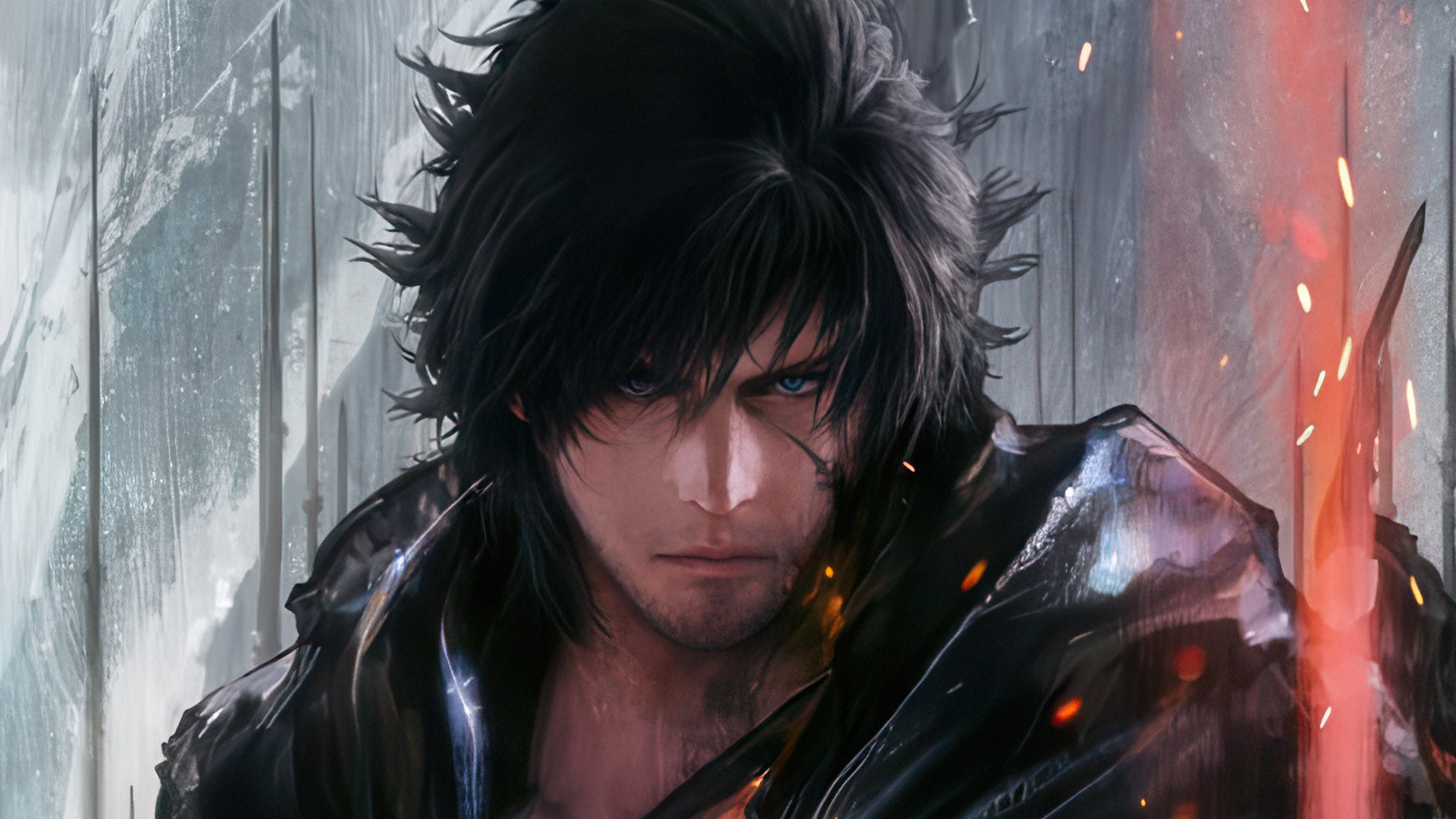We had a lot of praise for Final Fantasy 16 when it arrived last year on PS5, bringing excellent visuals with stable performance – at least at 30fps. The PC version has the potential to boost visuals further while allowing for much better frame-rates at the same time and after a demo last month, the full release is finally available. After testing it, it’s clear that the PS5 version’s 60fps performance woes are a little more understandable, and there’s plenty more to say about the game’s technical implementation on PC.
To recap, the PS5 version could dip to as low as 720p in performance mode, while still offering frame-rates well below 60fps – even in the 40s in some cases. On PC, running at 1440p with DLSS and dynamic resolution scaling (DRS) engaged on an mainstream-spec machine with a Ryzen 5 3600 and RTX 2070 Super, it was immediately obvious that GPU load is heavy and can vary significantly from scene to scene. It was possible to see PS5-style frame-rates in heavier scenes, and it’s clear that the game was designed around that 30fps update rate with DRS to smooth out the swings in GPU load. The first recommendation is to use DRS on PC as well then, rather than a fixed high resolution, even with DLSS active.
The PC demo originally had quite variable frame delivery, with frequent, noticeable frame-time stutters, but the final release does improve in this regard. We saw around six to eight stutters in the first three hours of play, and often in occasions where you wouldn’t expect shader compilation stutter to occur. There were also periods of intense GPU load, such as at the beginning or end of a cutscene, and these caused the frame-rate to drop below the 30fps cap of the cutscene, even when playing at an internal resolution of 360p. Therefore, on a more low-end rig, you may want to wait for further patches to hopefully address these issues.
On a top-end gaming PC with a Core i7 13700K and RTX 4090, these issues are less noticeable and the game scales beyond what’s possible on PS5. At max settings with 4K DLAA or DLSS quality, you get a significantly cleaner 60fps presentation than on PS5, free of aliasing and break-up, allowing the already detailed artwork to shine. Some small frame-rate drops are still possible, such as when there’s plenty of alpha effects on-screen, but such moments are few and far between.
